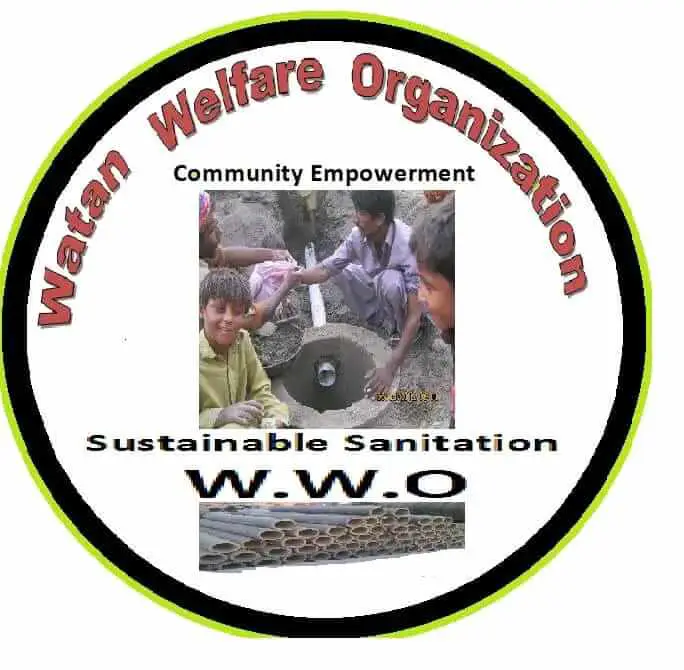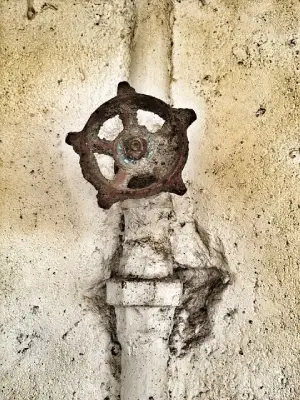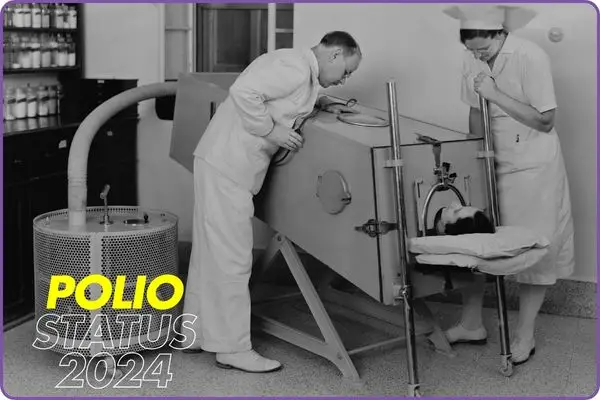Poliovirus in the sewerage system
Hygienic Crisis Unveiled: Poliovirus in Sewerage System in big cities in Pakistan, Exposes Mismanagement in Polio Campaign.

Poliovirus Found in Sukkhar, Chaman & in Karachi in 2024
WPV1 was found in sewage samples from Sukkur, Chaman, and Karachi Central in March 2024. The virus, genetically linked to the YB3A poliovirus cluster, resurfaced in Pakistan in 2023.
Detection in wastewater samples highlights potential transmission risks via pipelines or drainage systems.
Beneath the city’s façade lies a grim reality that has recently resurfaced—an alarming detection of Poliovirus in the sewerage system.
Earlier Detection in Context: A Reminder of Persistent Challenges
The recent detection of wild poliovirus in Lahore’s sewage system echoes a distressing pattern. An earlier detection in 2022 saw four environmental samples testing positive for the poliovirus in the sewerage system.
This recurring issue highlights the ongoing struggle to manage and contain poliovirus within the sewage infrastructure. The issue is pure mismanagement on the part of the poliovirus campaign.
Despite efforts, the virus continues to infiltrate this critical public health space, underscoring the need for comprehensive solutions and proactive measures to address both polio transmission and the hygienic concerns within the sewerage system
This revelation of poliovirus in the sewerage system not only highlights the ongoing challenges in eradicating polio but also sheds light on the dire hygienic situation within the very infrastructure designed to ensure public health in Pakistan.
This article delves into the distressing implications of poliovirus detection within the context of mismanaged sewerage systems, the negligence in addressing hygienic problems, and the critical need for urgent intervention.
Sewerage System: A Breeding Ground for Contamination
The sewerage system, often hidden from sight, serves as a conduit for waste disposal. However, the recent detection of wild poliovirus in the sewerage system in this environment signals a catastrophic breakdown in hygiene management.
The sewerage system, instead of being a mechanism for waste containment, has become a breeding ground for harmful pathogens, including the poliovirus. This disturbing reality not only jeopardizes public health but also underscores the urgent need for effective waste management strategies.
Mismanagement Amplified: Polio’s Resurgence
The detection of poliovirus in the sewerage system within Lahore is not merely an isolated incident. It exposes a deep-seated problem of mismanagement and neglect.
The fact that this highly infectious virus has managed to infiltrate a space that should be well-contained is indicative of a broader issue. This resurgence of poliovirus serves as a stark reminder of the consequences of ignoring critical aspects of public infrastructure and sanitation.
Neglected Hygiene and the Polio Paradox
The shocking revelation of poliovirus contamination emphasizes the paradox of a hygienic crisis occurring within the very system meant to preserve public health.
The polio outbreak points to a failure in multiple levels of governance, from waste management to timely responses. The persistence of the virus reveals a stark truth: that the mismanagement of essential infrastructure has dire consequences, particularly for the most vulnerable—the children.
Urgent Intervention Required
This unsettling revelation should serve as a wake-up call for both local authorities and the international community. The detection of wild poliovirus is an indictment of the failure to address hygiene concerns in a systematic manner.
Urgent intervention is needed not only to curb the spread of polio but also to rectify the broader issues plaguing the sewage system. Collaborative efforts must be undertaken to improve sanitation infrastructure, promote waste management practices, and prevent further contamination of vital public spaces.
Bottom line
The detection of wild poliovirus in the sewerage system in Lahore is not just a health crisis—it’s a manifestation of a larger problem of mismanagement and neglect.
This grim reality underscores the urgent need for comprehensive interventions that address both the resurgence of polio and the hygienic crisis within the sewage system in Lahore.
The time has come for swift action, collaboration among stakeholders, and an unwavering commitment to rectify the systemic failures that have allowed this dire situation to unfold.




